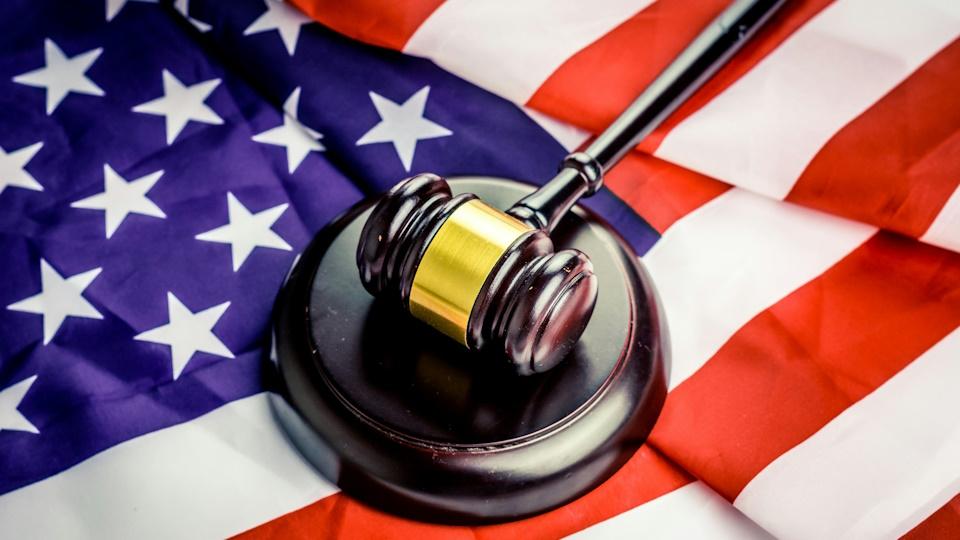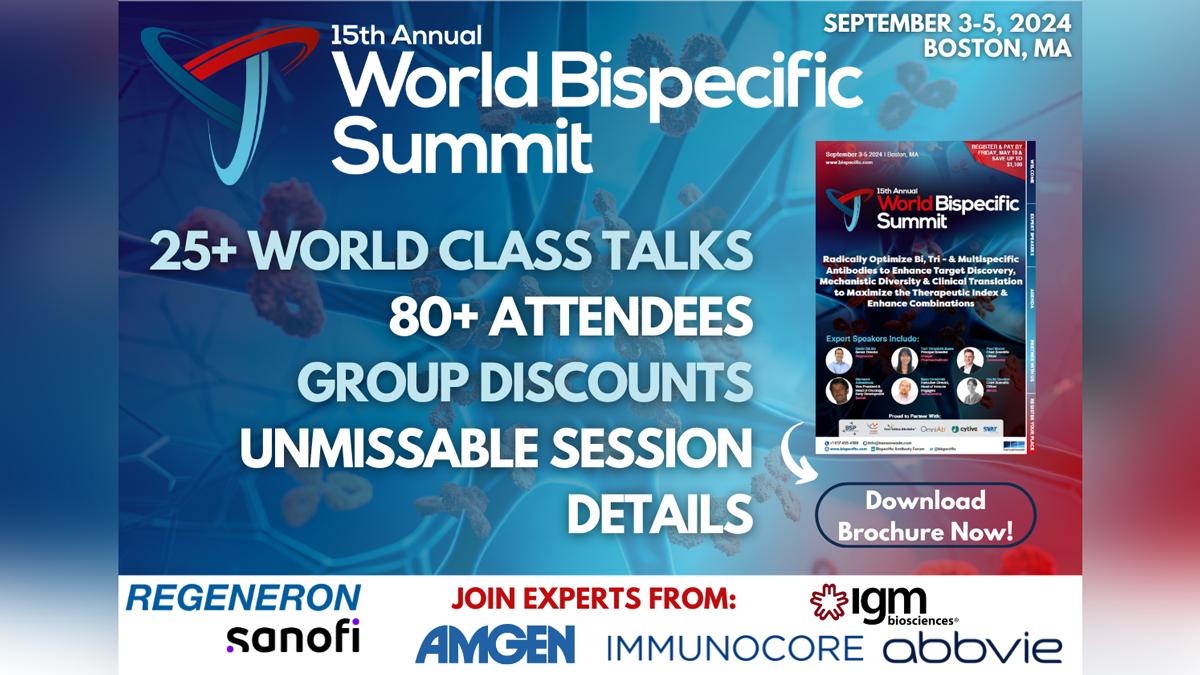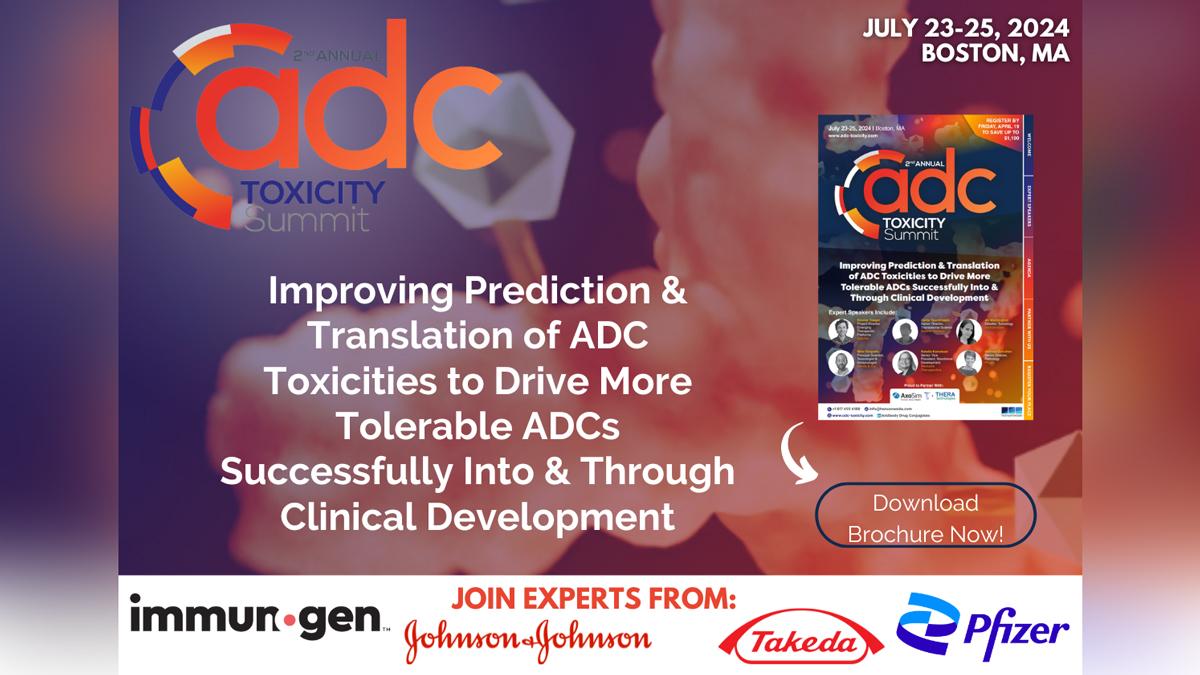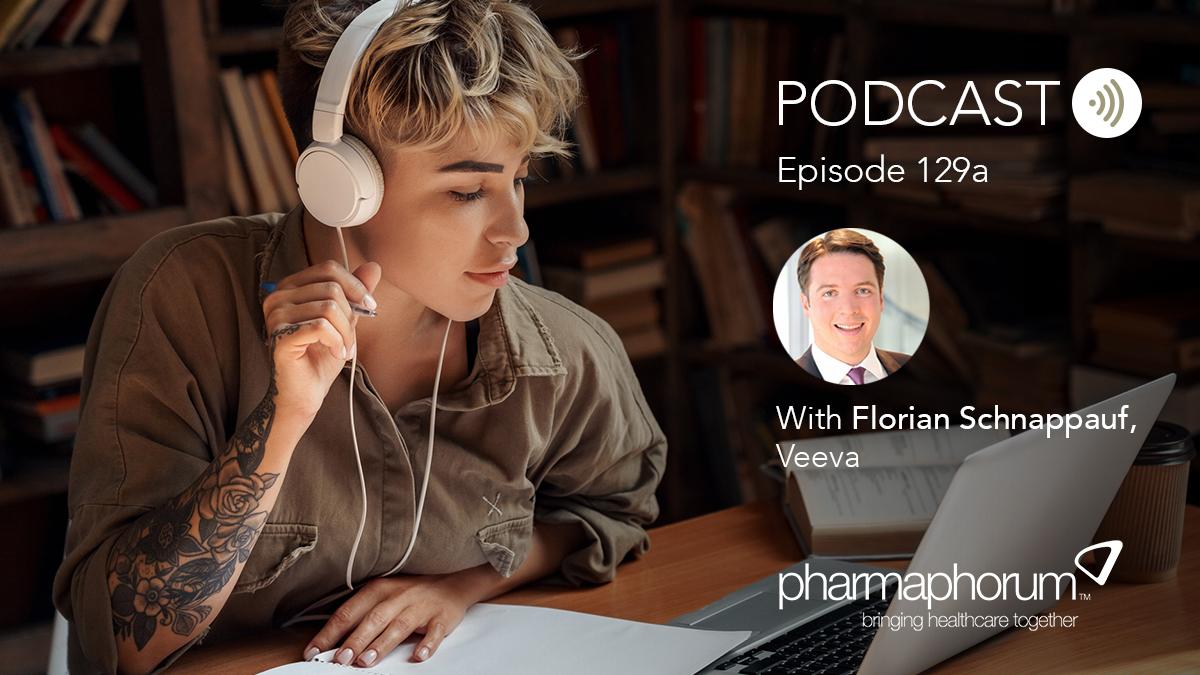Top ten innovators in pharma: Professor Chas Bountra

Rebecca Aris
pharmaphorum
(Continued from "Top ten innovators in pharma: Faisal Ahmed")
We asked you to nominate those who you considered to be a top innovator in pharma. We were delighted with your responses and have whittled it down to the top ten pharma innovators for this series.
This week we speak with Professor Chas Bountra who was nominated for his remarkable track record in drug discovery. He was recognised for his work generating freely available novel reagents to academic and industry collaborators to accelerate the identification of new targets for drug discovery.
Name: Chas Bountra
Position: Chief Scientist (SGC), Professor of Translational Medicine, Dept of Clinical Medicine, University of Oxford.
Reasons for nomination as a pharma innovator include:
• Chas runs the SGC in Oxford. The SGC is a public-private partnership between GSK, Pfizer, Novartis, Lilly, Abbott, Takeda, GC, Ontario, CIHR and the Wellcome Trust, based at the Universities of Oxford and Toronto. Their goal is to generate freely available reagents: novel proteins, assays, structures, inhibitors, and antibodies for academic and industry collaborators to discover new targets for drug discovery.
• They have about 200 scientists and are working closely with about 250 of the best academic labs across the globe.
• They crystalize 5–10 structures per month – many academic labs do one a year.
• On average every 2 months they publish in Science, Cell or Nature!
• They produce inhibitors which are extremely well characterized, may be used in cellular assays, may be accessed from SGC or purchased from selected distributors.
• Pharmaceutical companies are donating their medicinal chemistry expertise, their compound libraries and cellular assays to generate such novel pre-competitive probes. The group has already generated several by working closely with colleagues in GSK and Pfizer.
 ,
"They crystalize 5–10 structures per month – many academic labs do one a year."
 ,
Background:
Professor Bountra’s interests are in identifying and validating targets for drug discovery. He recognises the limitations of recombinant cell systems and in vitro and in vivo preclinical assays. Previous work has focussed on:
• Demonstrating for the first time that neurokinin NK1 receptor antagonists are anti-emetic.
• Functional studies in human native sensory neurones e.g. to study effects of CB2 receptors and TRPV1 channels.
• Developing new technologies for studying human cells e.g. scanning ion conductance microscopy.
• Studying changes in expression of proteins in human diseased tissue e.g. idiopathic rectal hypersensitivity and paroxysmal extreme pain disorder.
• Establishing new biomarkers for clinical Proof of Concept e.g. Contact Heat Evoked Potentials (CHEPs) for assessment of small fibre neuropathies, and correlation of skin flare responses with intra epidermal nerve counts.
• Using fMRI to evaluate novel analgesic compounds in patients.
Interview summary
RA: What do you consider to be your defining character traits?
CB: Passionate about great science and helping patients, hard working, I always try and put the needs of the project and colleagues before my own, I love working with people of diverse skillsets, I enjoy learning and trying new things.
RA: How would your colleagues / peers describe you?
CB: I hope they would describe me as a fair, decent and honest person who always strives to do the right thing, someone they enjoy working with, a leader in science and drug discovery driven by deliverables someone that can see the big picture and can harness the expertise of the team to be creative, and potentially transformative.
RA: Who or what has inspired you to get to where you are today?
CB: My father has been an immense influence on my life – I learnt from him my work ethic. He also taught me to treat people with respect and always behave with humility. I consider myself a very lucky person – I have been blessed with many great teachers, mentors and friends. I have admired their scientific and drug discovery achievements, and learnt so much from them all – they include friends like Pat Humphrey who discovered the triptans for migraine, Marc Feldmann who discovered the anti-TNFs for inflammatory diseases Tachi Yamada who is a complete workaholic and a fabulous leader, Aled Edwards a brilliant visionary and a remarkably decent man, Peter Ratcliffe one of the worlds great scientists.
 ,
"…always do what you believe to be right, never compromise on standards and don’t be driven by convention."
 ,
RA: What advice would you give to anyone embarking on a career in pharma at the moment?
CB: There will always be immense challenges around science, process and organisational – always do what you believe to be right, never compromise on standards and don’t be driven by convention.
RA: What do you see to be the biggest challenge posed to pharma at the moment?
CB: Pharma can no longer discover drugs on their own. They need the help of the very best academics, leveraged public and private funds, the involvement of patient groups and regulators. This game is too risky because our understanding of clinical disease is relatively poor, we are therefore poor at selecting the right targets and patients, and often do not have good clinical biomarkers. At the same time the challenges are increasing – patient and regulatory demands for safety are increasing, differential pricing structures and pressures on payers are adding to the complexity. Pharma inevitably will have to focus entirely on their “strengths” – those parts of the process that require scale and infrastructure (HTS, lead optimisation, toxicology, regulatory, large scale clinical studies i.e. IIb and III, marketing). This may mean pulling out of “research” almost completely. The industry often receives poor press – I think this is sometimes unfair. We should always remember that the job of coming up with a new medicine, is probably harder than landing a person on the moon, and the many brilliant industrial scientists are doing the best they possibly can.
RA: What key phrase best sums up your approach to work and life?
CB: I set myself lots of small goals and milestones – I do not like missing them. I try not to have regrets. In science and drug discovery, I am always optimistic about the future.
RA: What keeps you busy outside work?
CB: My family – my two children Anisha and Krishan, are my pride and joy!
The next part of this series can be viewed here.
 ,
 ,
About the nominee:
Chas is Chief Scientist at the SGC and Professor of Translational Medicine at the University of Oxford. His current research is aimed at determining the 3D X ray structures of novel proteins, generating novel small molecule inhibitors, using these to dissect disease networks and hence identifying new targets for drug discovery. The SGC publishes all findings immediately (>, one per week), works closely with >,100 academic labs across the world and 6 pharmaceutical companies, and shares all reagents and expertise freely. Chas is an advocate for pre-competitive science, up to and including Phase IIa clinical studies. He has worked in the pharmaceutical industry, and has experience of all stages of discovery and development. He was involved in the launch of Alosetron for the treatment of IBS, has progressed more than 30 clinical candidates, many of these into Phase II studies and 5 into Phase III studies. His therapeutic expertise is in neuro-psychiatric, gastro-intestinal (GI) and inflammatory diseases. He has given over 200 invited lectures on Drug Discovery, Translational Technologies, Pain, Neurodegeneration and GI diseases, Structural biology and Epigenetics.
Who do you consider to be a top innovator in pharma?












